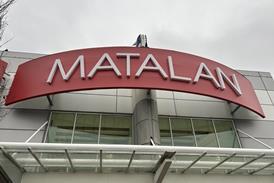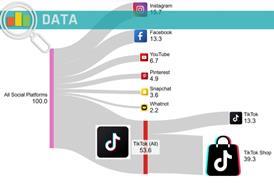Leasing IT systems: Up for rent?
Leasing IT systems can free up cash for retailers while still allowing them to invest and upgrade. But with banks increasingly wary of lending to the retail sector is it still an option, asks Liz Morrell.
Already have an account? Sign in here



















